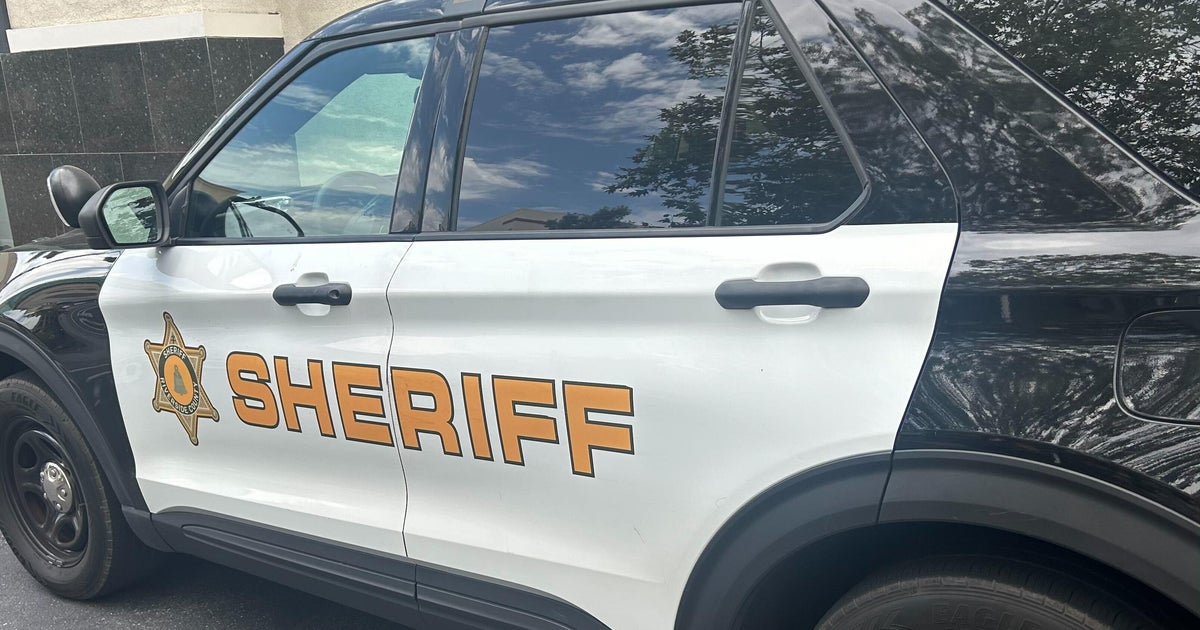DNA links 1979 rape, killing of California teen to man who reported finding her body
More than 40 years later, DNA evidence has linked the rape and killing of a 17-year-old Riverside County girl to a man detectives came across from the start of the case.
On Feb. 9, 1979, Esther Gonzalez was walking from her parents' house in Beaumont to her sister's house in Banning. But she never got there. The next day, she was found raped and bludgeoned to death, her body left in a pile of snow off Highway 243 near Banning, authorities said.
The person who discovered her body was a man deputies said was argumentative when he made the call, according to the Riverside County District Attorney's Office. He reported finding her body to the sheriff's station in Banning, telling investigators he couldn't tell if the person was male or female.
A few days later, detectives identified the man as Lewis Randolph "Randy" Williamson. They asked him to take a polygraph and he agreed. He passed, leading to him being cleared in the case, according to prosecutors.
But decades later, investigators continued to work the case and uploaded a DNA sample from the crime scene into the nationwide database known as CODIS. Last year, cold case homicide detectives sent pieces of evidence to Othram, Inc., a Texas-based corporation that specializes in the investigation of unsolved cases using investigative genetic genealogy, which combines forensic evidence with genealogy research using sources like ancestry websites.
While Williamson was cleared by investigators when he passed the polygraph, he was never ruled out through DNA evidence since the technology wasn't available at the time of the 1979 murder.
Earlier this year, a Riverside County crime analyst decided to investigate DNA evidence in the 45-year-old case.
In 2014, Williamson died in Florida. So investigators had to collect a blood sample during his autopsy, with the help of detectives at the Broward County Sheriff's Office. The sample was sent to the California Department of Justice, where specialists confirmed that Williamson's DNA was a match to evidence collected in the investigation.





